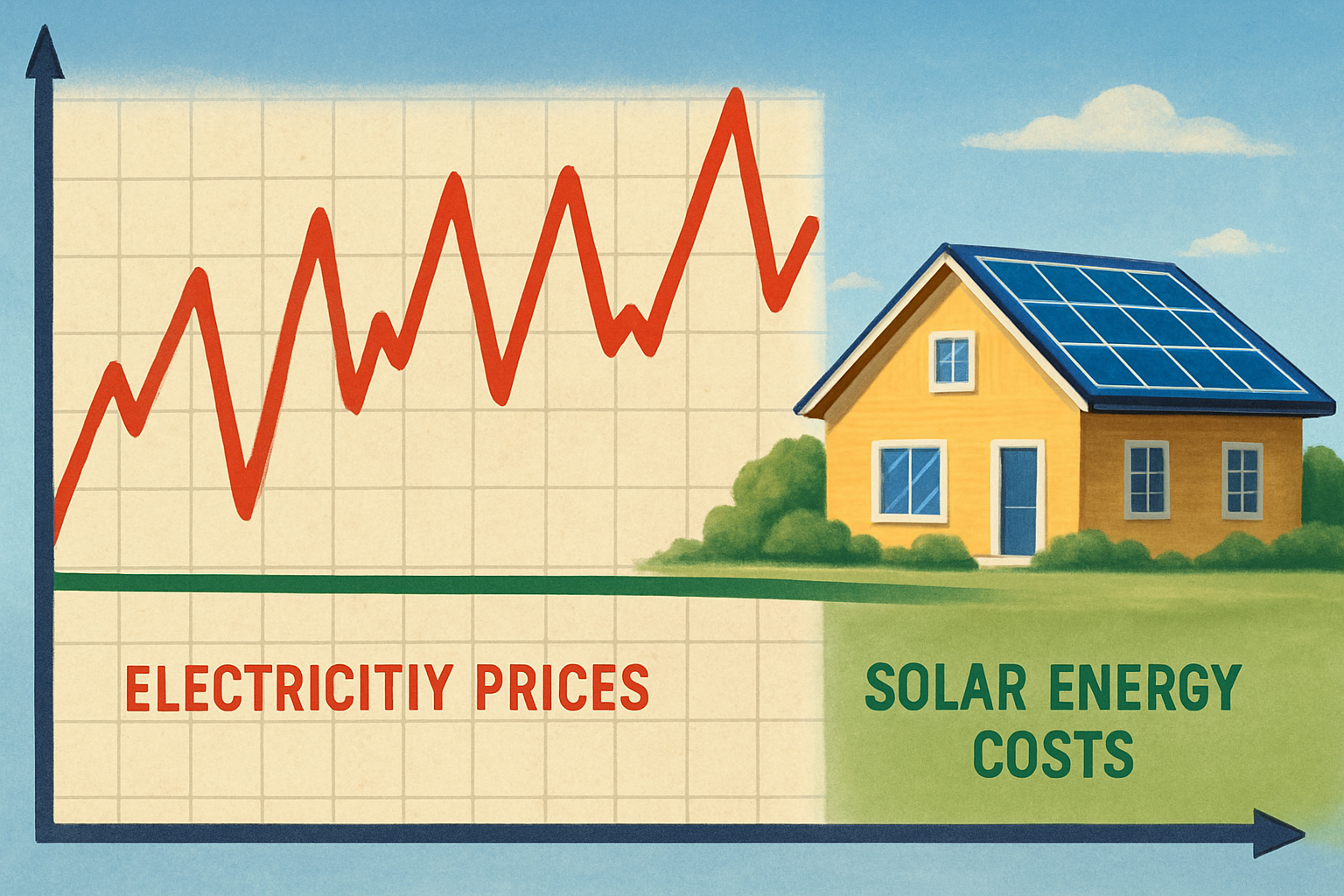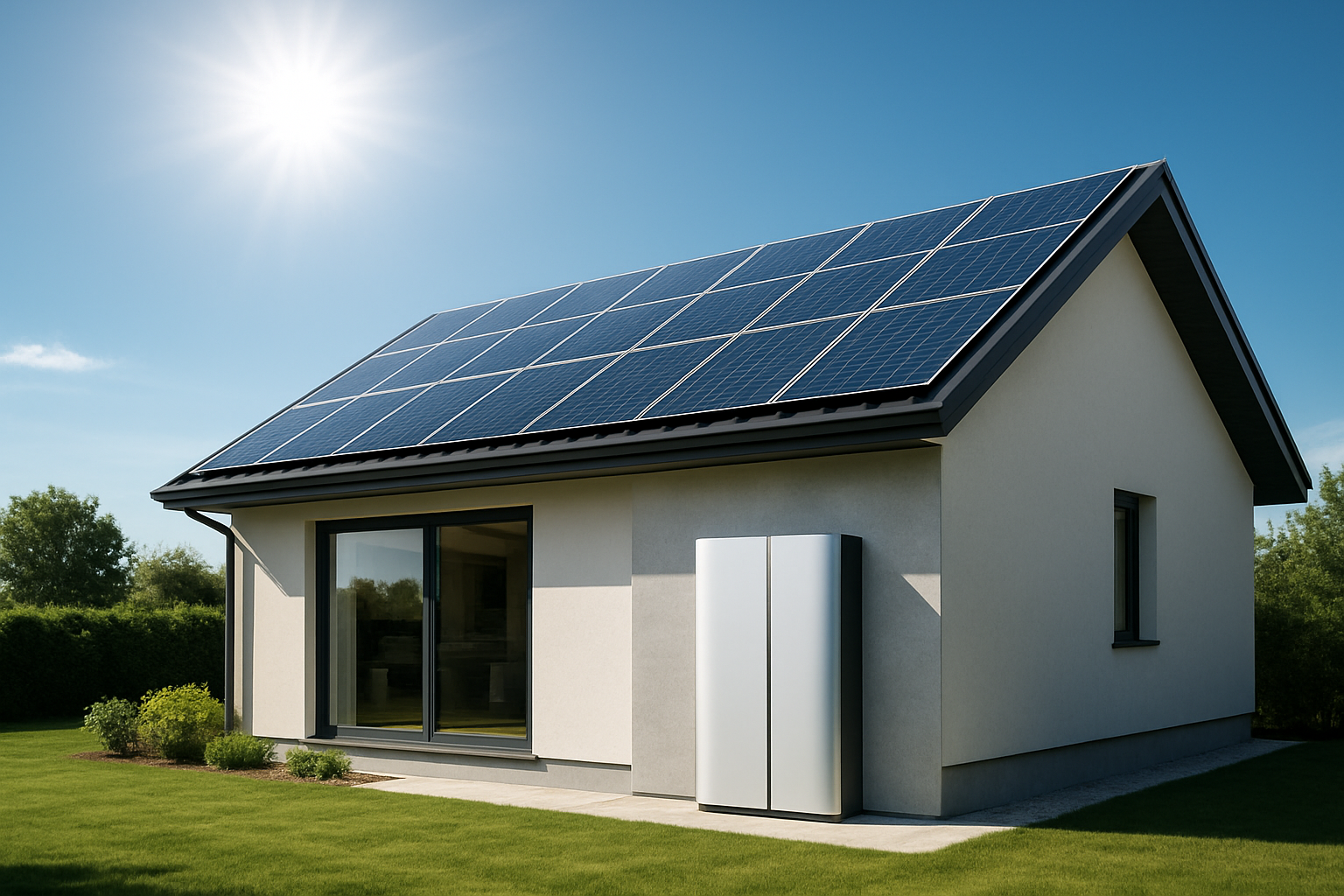Electricity costs often rise, presenting a challenge for households and businesses. These increases can strain budgets and make long-term financial planning difficult. Imagine a future where your energy expenses are predictable, stable, and largely within your control. This vision is achievable by integrating solar power with an energy storage system (ESS), creating a robust defense against fluctuating utility rates.
Understanding Electricity Cost Dynamics
Electricity rates are not static. Several factors contribute to their upward trend, making energy independence an increasingly attractive goal. You see these costs influenced by fuel prices, infrastructure upgrades, and regulatory changes. For instance, the International Energy Agency (IEA) reported in its World Energy Investment 2023 that capital costs in the power sector have faced headwinds, partly due to rising borrowing costs to combat inflation. Such economic shifts frequently translate into higher charges for consumers.
Grid infrastructure requires constant investment. Maintaining and upgrading transmission and distribution lines, often aging, adds to the operational costs of utility companies. These costs are typically passed on to you through your monthly bill. Furthermore, the global energy landscape influences local prices. Events affecting the supply or demand of fossil fuels, still a significant part of the energy mix in many regions, can lead to immediate and substantial price volatility. This unpredictability underscores the value of generating your own power.
The Rising Tide of Energy Prices
Over time, even small percentage increases in electricity rates can significantly impact your cumulative expenses. Consider a scenario where rates climb by just 3% annually:
| Year | Annual Electricity Cost (Initial: $1500) | Cumulative Cost Increase (vs. Year 1) |
|---|---|---|
| 1 | $1,500 | $0 |
| 5 | $1,690 | $950 |
| 10 | $1,953 | $4,530 |
| 20 | $2,639 | $21,780 |
| 30 | $3,569 | $52,070 |
This table illustrates how seemingly modest annual increases compound into substantial additional expenses over decades. By generating your own power, you can largely insulate yourself from these escalating costs.
Solar Power: Your Foundation for Energy Savings
Harnessing solar energy offers a direct path to reducing your reliance on grid electricity and protecting yourself from future rate hikes. When you install solar panels, you generate clean, free power directly from sunlight. This immediate reduction in purchased electricity translates into tangible savings from day one.
Predictable Costs and Long-Term Value
Solar energy systems provide predictable energy costs for decades. Once installed, your primary energy source—sunlight—is free. This stability is a powerful hedge against inflation and the unpredictable nature of utility rates. According to the U.S. Department of Energy’s Solar Futures Study, achieving widespread solar adoption could lead to cumulative savings of about $1 trillion from avoided climate change damages and $300 billion from air quality improvements between 2020 and 2050. The study also estimates net savings ranging from $1.1 trillion to $1.7 trillion.
While the initial investment in solar PV modules saw a temporary increase in 2021 and 2022 due to higher input prices for materials and labor, these price pressures began to ease in early 2023 as input costs declined and manufacturing capacity expanded. This trend suggests continued cost-effectiveness for solar installations. Investing in solar panels means you are essentially prepaying for decades of electricity at a fixed cost, securing your energy future.
Energy Storage Systems: Powering True Independence
While solar panels generate electricity during daylight hours, an energy storage system (ESS) allows you to capture and store that excess power for use whenever you need it. This capability transforms your solar investment into a complete energy independence solution.
Optimizing Solar Use and Enhancing Resilience
An ESS, such as a home energy storage system, optimizes your solar consumption by storing surplus energy generated during peak sunlight hours. You can then discharge this stored energy during the evening, at night, or when grid electricity rates are highest. This approach, often called time-of-use optimization, significantly reduces your reliance on grid power during expensive periods. Beyond daily optimization, an ESS provides crucial backup power during grid outages, ensuring your essential appliances remain operational. This resilience offers peace of mind and enhanced security.
Modern ESS solutions often integrate advanced battery technology, such as lithium iron phosphate (LiFePO4) batteries. These batteries are known for their high performance, safety, and reliability, offering a long lifespan and stable operation. When combined with a hybrid inverter, which efficiently converts direct current (DC) from solar panels into alternating current (AC) for your home and manages battery charging, you gain a highly efficient and versatile energy management system. The IEA Technology Roadmap - Solar Photovoltaic Energy 2010 highlighted that as solar matures, grid integration and energy storage become key issues, requiring new technologies and strategies for efficient, smart grids.
Crafting Your Sustainable Energy Strategy
Designing your solar and ESS solution requires careful consideration of your specific energy needs and lifestyle. You can tailor a system to maximize your savings and achieve your desired level of energy independence.
Assessing Your Needs and System Design
Begin by evaluating your typical electricity consumption patterns. Consider your daily power usage, peak demand times, and any specific requirements for backup power. This assessment helps determine the appropriate size for your solar array and the capacity of your ESS. For example, a larger household with high evening energy use might benefit from a more substantial battery bank to cover nighttime consumption. Conversely, a smaller home with a focus on offsetting daytime use might require less storage.
Whether you choose a grid-tied system, which remains connected to the utility grid and can export excess power, or an off-grid solar solution for complete independence, integrating these technologies provides significant advantages. Off-grid systems, ideal for remote properties, farms, or cabins, offer total self-sufficiency. They typically pair solar panels with robust battery banks and specialized inverters to create a standalone power supply. This ensures reliable electricity even in areas without traditional grid access.

A Path to Lasting Energy Security
The combination of solar power and energy storage offers a compelling solution to rising electricity costs. You gain the power to generate your own clean electricity, store it for optimal use, and secure your household against future rate increases. This empowers you with unparalleled energy independence and helps build a more resilient and sustainable energy future for decades to come.
Disclaimer: This article provides general information and does not constitute financial, legal, or investment advice. You should consult with qualified professionals before making any decisions related to energy investments or financial planning.





Leave a comment
All comments are moderated before being published.
This site is protected by hCaptcha and the hCaptcha Privacy Policy and Terms of Service apply.